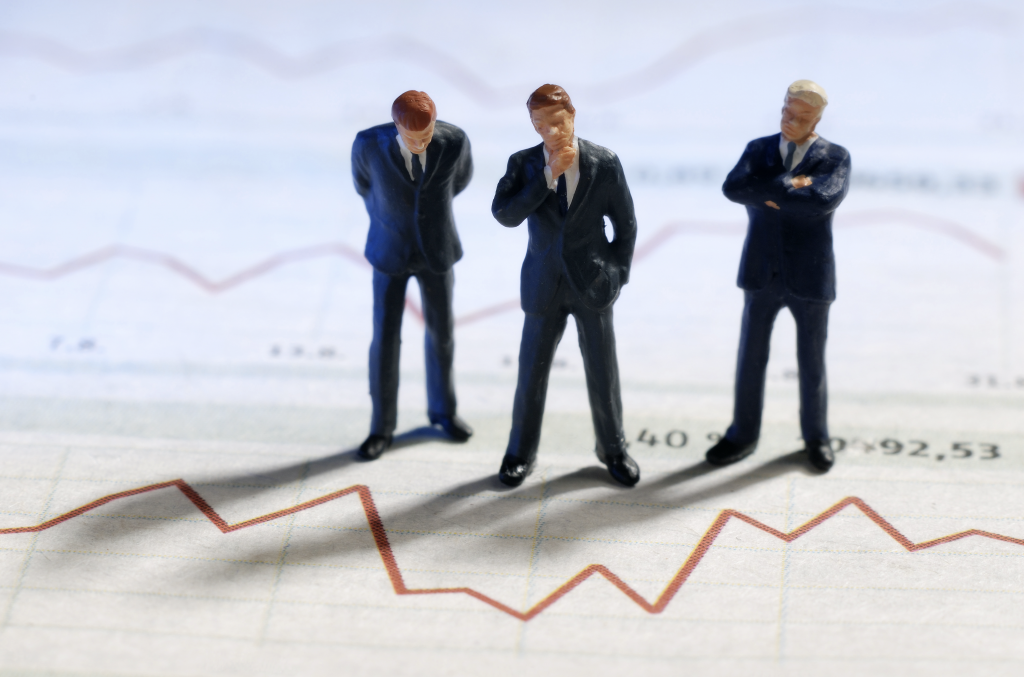
Contributed by Christopher Antonio, Chief Investment Officer, Dipsea Capital LLC
History doesn’t repeat itself, but it often rhymes. This quotation is reputed to have been voiced by Mark Twain. At this present juncture, where it’s difficult to find a template upon which to formulate decisions, perhaps a more appropriate citation is from the French philosopher Voltaire: “History never repeats itself; man always does”.
After 35 years as an active investment manager, my training in the biological sciences informs my understanding and how I transact in the markets. I’ve observed thousands of patterns with a tendency to repeat. Although the landscape is never exactly the same, certain historical blueprints offer efficacy towards successfully enduring and ultimately thriving during periods of market duress.
What follows are a few strategies to assist you in better directing your behavior, and thereby your investment portfolio, during periods of duress.
Behavioral and evolutionary analogies to the current Distress Present in the Markets:
Viewing the markets with a biological lens, I offer:
- The market is a living, breathing ecosystem in a constant state of change.
- For creatures to survive in such an environment, adaptation is essential. Environments and competitors shift. Without flexibility in behavior, the species/lineage ceases.
- Change, especially when abrupt, creates chaos in biological systems. This is analogous to what we’re encountering with the Coronavirus propagation: fear and confusion escalate.
- Additionally, this period of uncertainty may be accentuated by the unique nature of the current crisis. Given humans are evolutionarily wired to be social creatures, perhaps this upheaval is being accentuated by the requirement for all of us to self-isolate.
Patterns from the Past, for the Here and Now:
This quarter the equity markets have experienced an outsized loss in a historically short period of time. What does the past tell us?
- The most problematic input for markets is uncertainty.
- Uncertainty breeds fear, which may be being accentuated by feelings/requirements of mandated social isolation.
- Eventually, as soon as some measure of clarity regarding the situation begins to emerge, even if seemingly damaging news, the market commences the process of discounting the future and stability emerges.
What to Look For:
Pay attention when seemingly profound negative news isn’t reacted to with a corresponding negative price reaction. For example, imagine some profound adverse news is disseminated about the virus or the government’s reaction to it:
- All containment efforts abandoned?
- Infection rate surpasses all forecasts?
- Large metropolitan areas are quarantined?
And the market no longer sells off on the negative news!
In my experience, that will be a key tell. Ultimately a time will arrive when negative news appears, but the impact from decreasing uncertainty will overshadow the unfortunate headline.
Another potential tell might be enhanced clarity on an end date for social isolation. The ability to simply activate again, might lead to a profound de-escalation in fear.
Past observations support that witnessing these outcomes support an end to the current selloff.
Evolutionary behaviors that serve a population well over time:
There is no doubt these are exceptionally demanding times. Observing successful outcomes in natural systems can offer us guidelines to effectively weather the current storm.
Our ability to make rational decisions during periods of fear and uncertainty are unquestionably diminished. Therefore when uncertainty escalates and turmoil reigns:
- Become more deliberate with decision making. Execute fewer decisions. Be patient in the implementation of assessments.
- Utilize tools when examining your portfolio to assist rational thinking.
- Assess your existing portfolio in terms of percentage decrease rather than in dollar terms.
- Review your portfolio in terms of all of your assets, rather than exclusively your brokerage accounts.
- Consider the current environment to make no more than one or two alterations to your investment portfolio to align it more with your true risk tolerances.
The Art of Being Rational:
I recently attended a company annual meeting, hosted by Charlie Munger, the investing partner to Warren Buffet, and Co Chairman of Berkshire Hathaway. He adamantly professes, “It’s one’s moral duty to act as rationally as possible”.
Gee, if only it was that simple!
We all aspire to possess Charlie’s acumen in operating rationally a high percentage of the time. However, the reality is it’s a herculean task. Acting rationally requires effort and the discipline to evaluate alternatives. We don’t always have the clarity, self-control, or inclination to act accordingly.
The answer may simply be to surrender and know we can’t operate optimally 100% of the time. Nevertheless progress and good results can be supported by noting a change in environment, remembering we are predisposed to less than ideal decision-making during times of upheaval, and embracing the practices that support us well during periods of volatility.
Good health and safe travels to all, as we together maneuver amidst the present uncertainty.


Leave a Reply